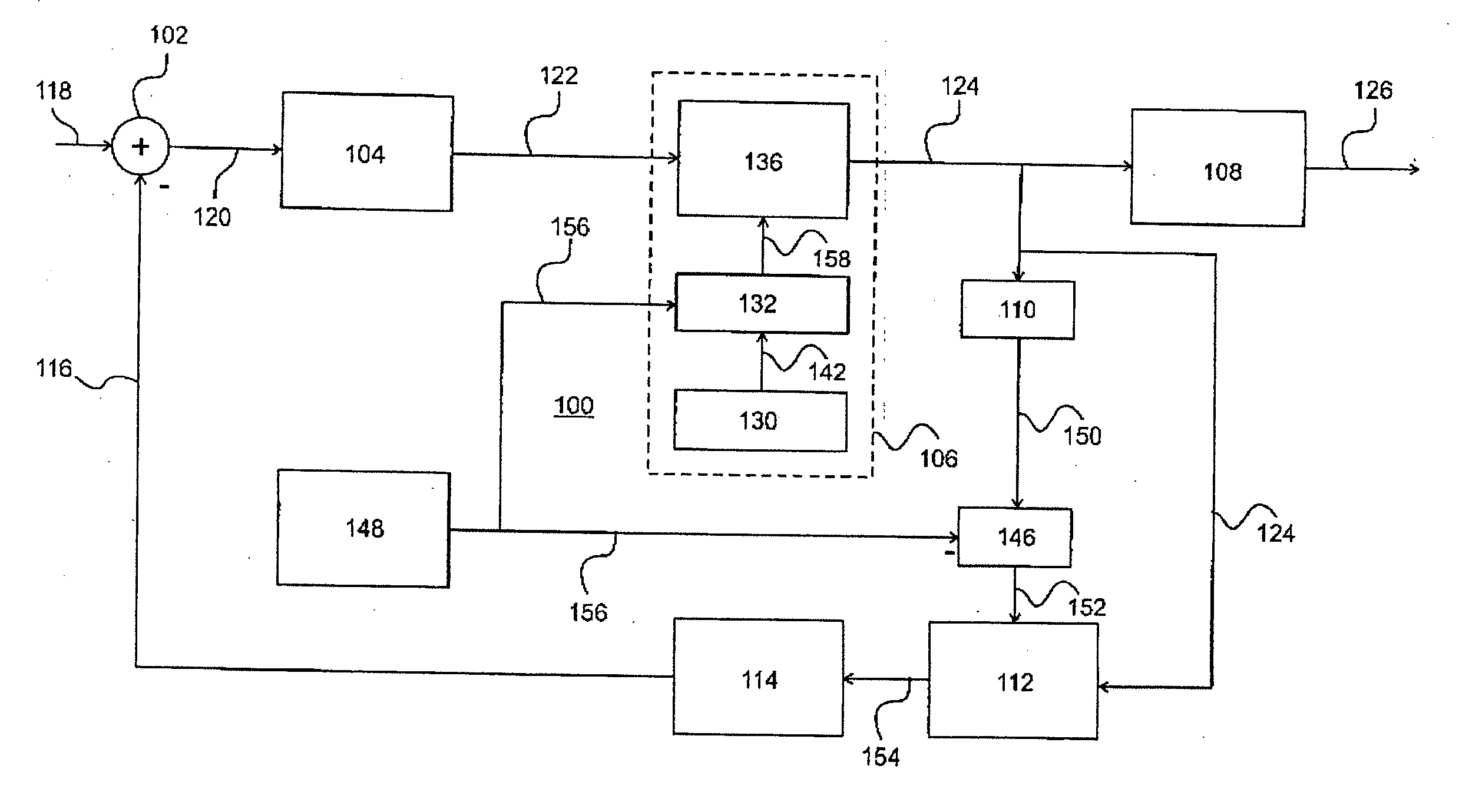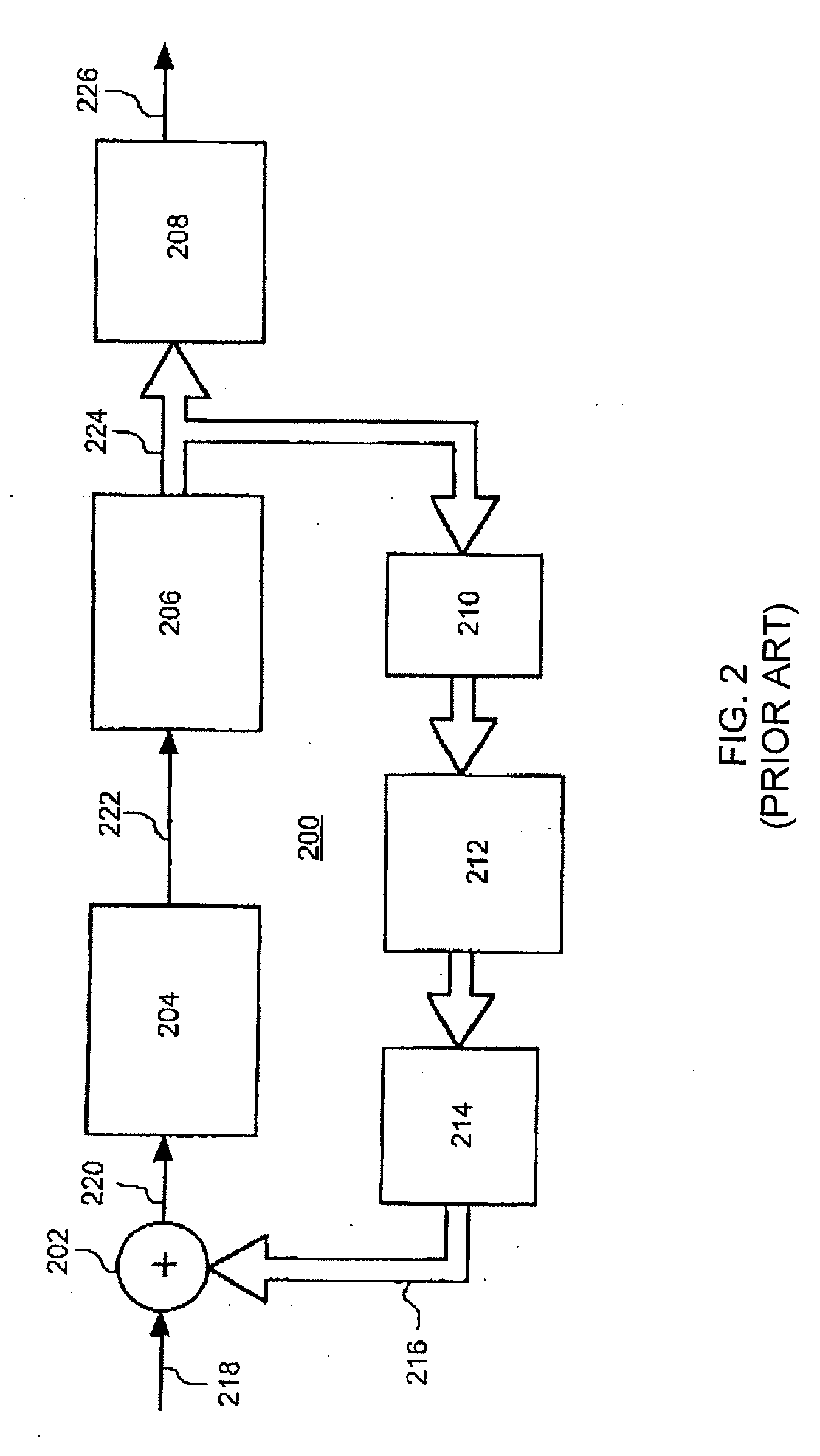Analogue-to-digital converter
an analogue-to-digital converter and converter technology, applied in analogue/digital conversion, transmission systems, instruments, etc., can solve the problems of increasing the use of surface area, parasitic influences, and increasing the time available for calibration, so as to reduce harmonics, reduce requirements, and reduce the effect of surface area
- Summary
- Abstract
- Description
- Claims
- Application Information
AI Technical Summary
Benefits of technology
Problems solved by technology
Method used
Image
Examples
Embodiment Construction
[0048] One or more implementations of the present invention will now be described with reference to the attached drawings, wherein like reference numerals are used to refer to like elements throughout, and wherein the illustrated structures are not necessarily drawn to scale.
[0049] In the figures, identical reference symbols or reference symbols which consist of the figure number as the highest number and identical numbers as lower numbers designate identical or functionally identical components.
[0050]FIG. 1 shows an analogue-to-digital converter according to the invention. The analogue-to-digital converter 100 has a summing element 102, a noise-forming filter 104, a quantizer 106, a digital filter 108, a control device for dynamic element matching (DEM) 110, a compensation device 146, a switching device 112, a digital-to-analogue converter 114 and a random number generating device 148. The quantizer 106 has a reference voltage generating device 130, a switching device 132 and com...
PUM
 Login to View More
Login to View More Abstract
Description
Claims
Application Information
 Login to View More
Login to View More - R&D
- Intellectual Property
- Life Sciences
- Materials
- Tech Scout
- Unparalleled Data Quality
- Higher Quality Content
- 60% Fewer Hallucinations
Browse by: Latest US Patents, China's latest patents, Technical Efficacy Thesaurus, Application Domain, Technology Topic, Popular Technical Reports.
© 2025 PatSnap. All rights reserved.Legal|Privacy policy|Modern Slavery Act Transparency Statement|Sitemap|About US| Contact US: help@patsnap.com



